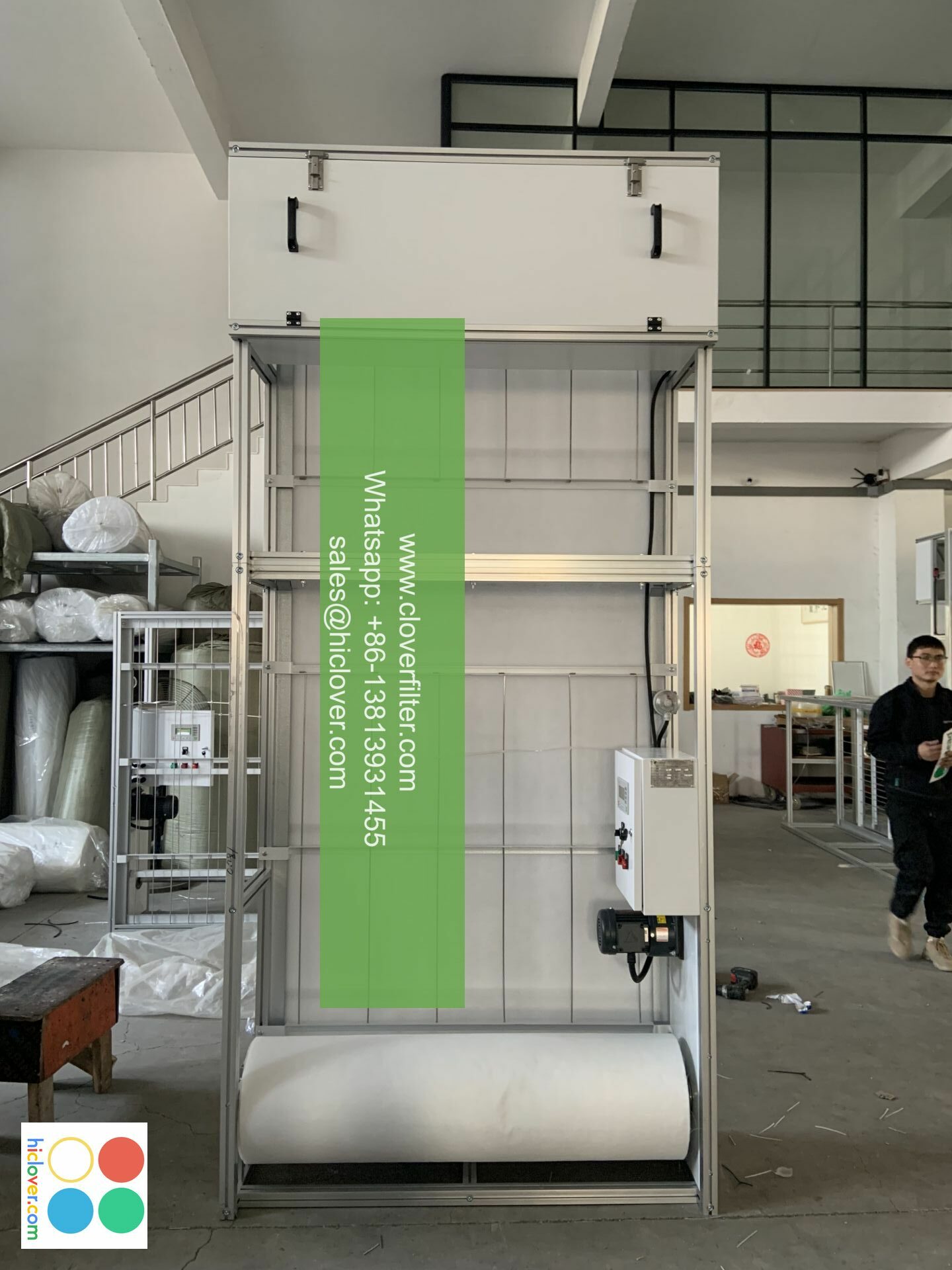How to Improve Air Quality with DIY Energy-Efficient Air Filters

Improving Air Quality with DIY Energy-Efficient Air Filters
What is Air Quality and Why is it Important?
Air quality refers to the level of pollutants and contaminants present in the air we breathe. Poor air quality can have severe consequences on our health, environment, and overall well-being. According to the World Health Organization (WHO), 9 out of 10 people worldwide breathe polluted air, leading to 7 million premature deaths annually. It is, therefore, crucial to take steps to improve air quality, especially in our homes and workplaces.
The Importance of Energy-Efficient Air Filters
Traditional air filters can be energy-hungry and may not provide the desired level of air purification. Energy-efficient air filters, on the other hand, offer a cost-effective and eco-friendly solution to improve air quality while reducing energy consumption. By installing DIY energy-efficient air filters, you can:
- Reduce energy bills by up to 30%
- Increase air purification efficiency by up to 90%
- Minimize environmental impact by reducing carbon footprint
- A metal or plastic frame (e.g., an old picture frame or a metal box)
- Activated charcoal (available at most hardware stores or online)
- HEPA (High-Efficiency Particulate Air) filter material (available at most hardware stores or online)
- A fan or blower (optional)
- A power source (optional)
- Cut the frame to the desired size.
- Wrap the activated charcoal around the frame, ensuring complete coverage.
- Cut the HEPA filter material to the desired size and attach it to the frame, ensuring a snug fit.
- If desired, attach a fan or blower to the filter to increase airflow.
- Connect the power source to the fan or blower (if applicable).
- Improve indoor air quality in living rooms, bedrooms, and offices
- Reduce allergen and dust exposure for family members with respiratory issues
- Enhance the overall comfort and well-being of occupants
- Improve air quality in industrial settings, such as factories, warehouses, and offices
- Reduce energy consumption and costs
- Enhance worker productivity and well-being
- Improve air quality in outdoor spaces, such as parks, gardens, and public areas
- Reduce pollution and odors in urban environments
- Enhance outdoor recreational activities and overall quality of life
How to Create DIY Energy-Efficient Air Filters
Creating DIY energy-efficient air filters is a simple and cost-effective process. Here’s a step-by-step guide:
Materials Needed
Assembly Instructions
Applications for DIY Energy-Efficient Air Filters
Home Applications
Industrial Applications
Outdoor Applications
Conclusion
Improving air quality is crucial for our health, environment, and overall well-being. DIY energy-efficient air filters offer a cost-effective and eco-friendly solution to reduce energy consumption, improve air purification efficiency, and minimize environmental impact. By following the simple steps outlined above, you can create your own energy-efficient air filters and enjoy cleaner, healthier air in your home, workplace, or outdoor spaces.
I’m here to help. What’s on your mind? Do you have a specific question, topic, or task you’d like to discuss or work on? I’m ready when you are.


